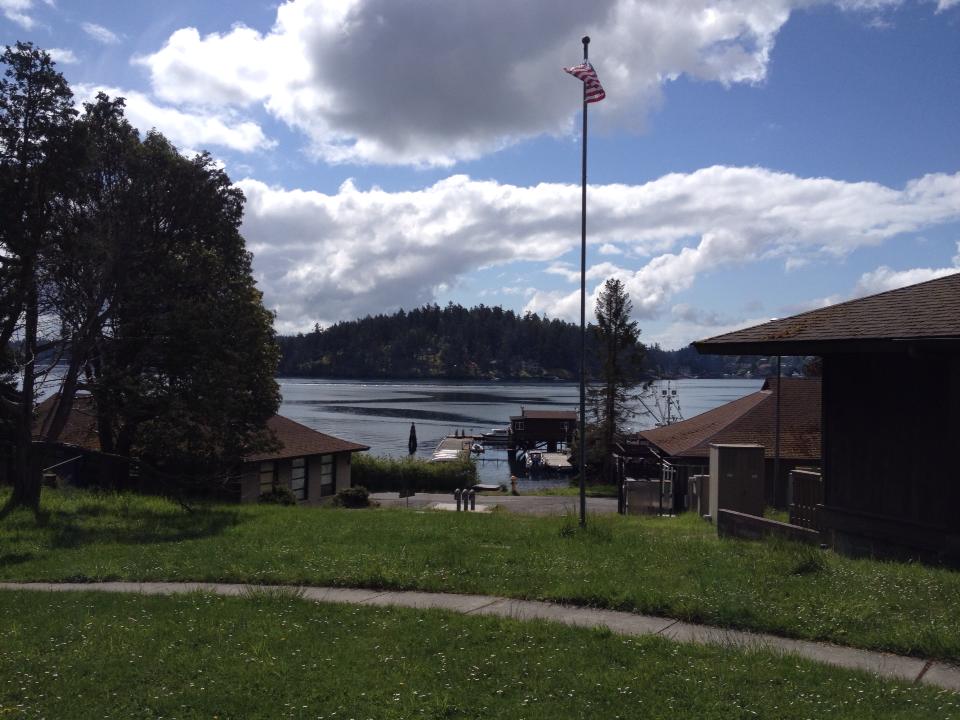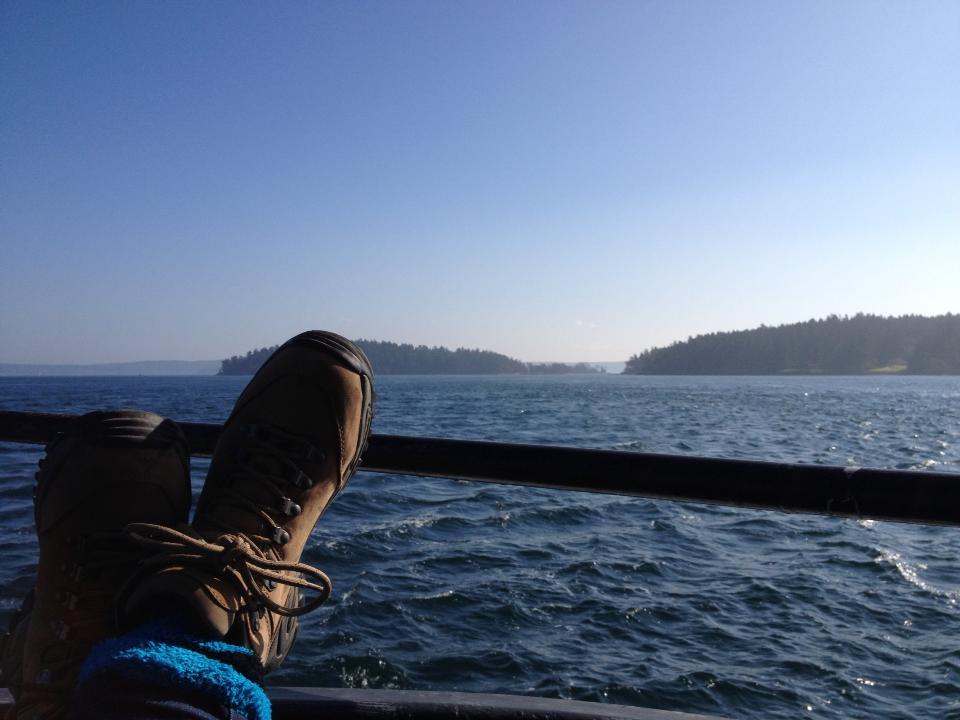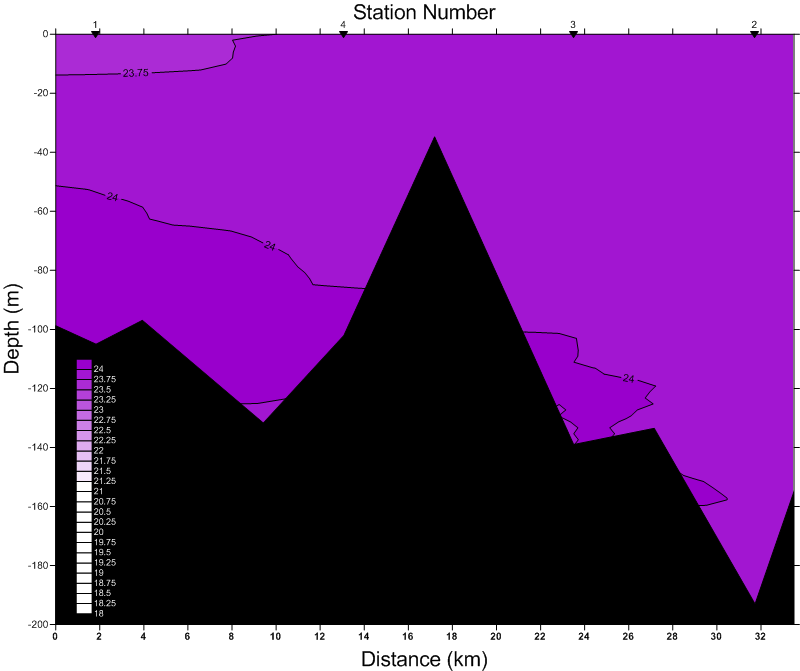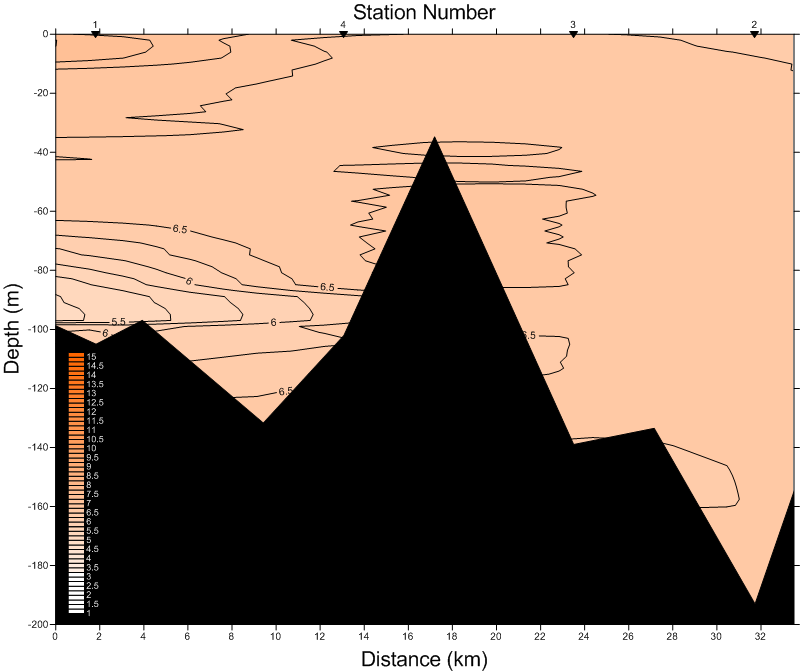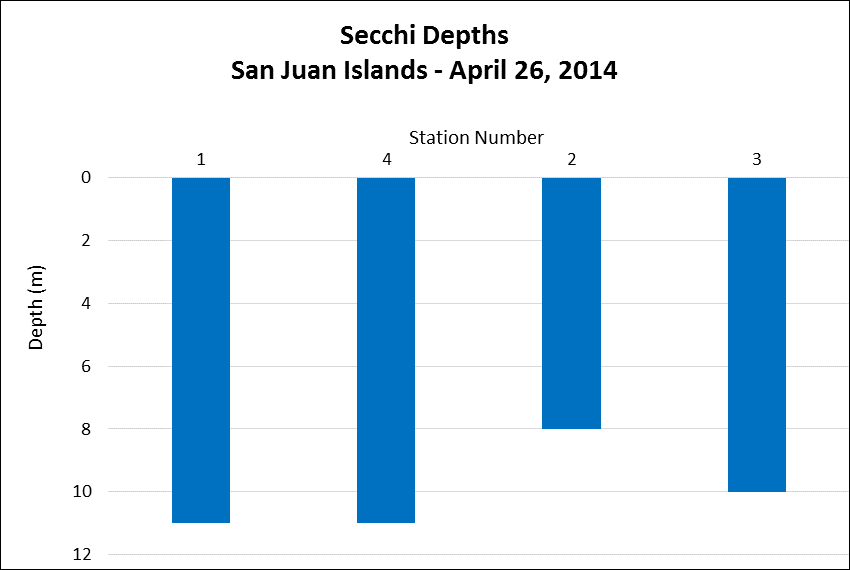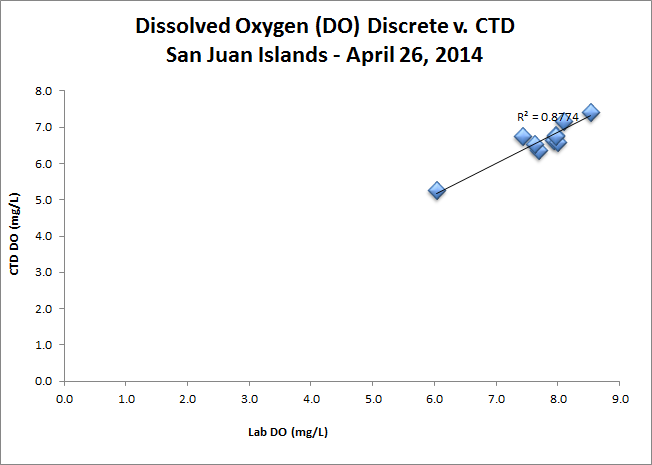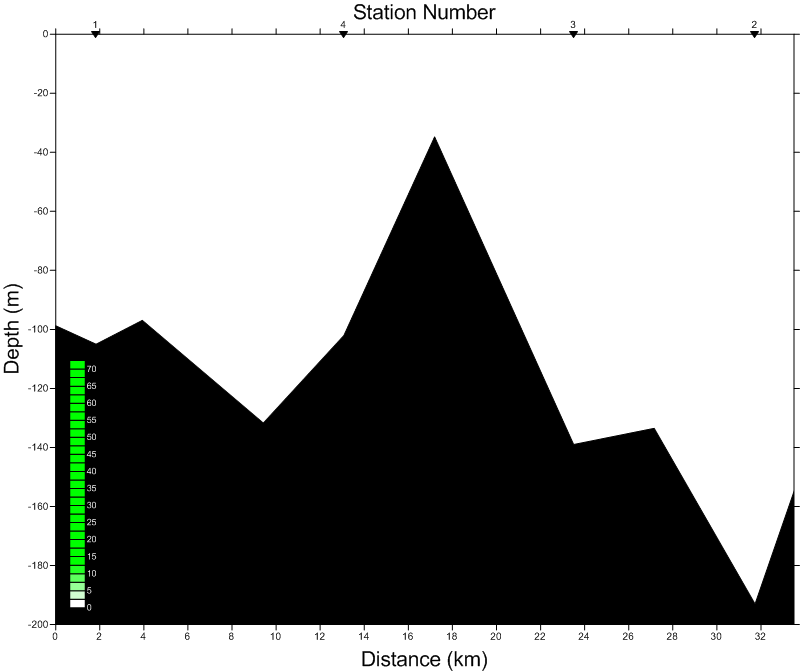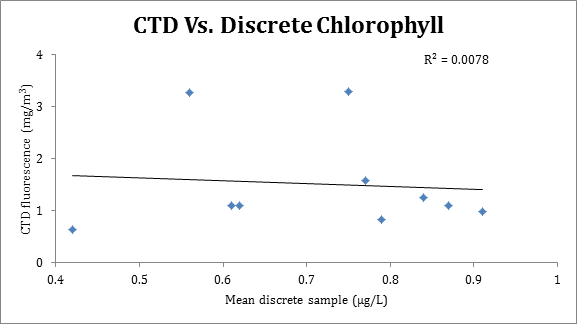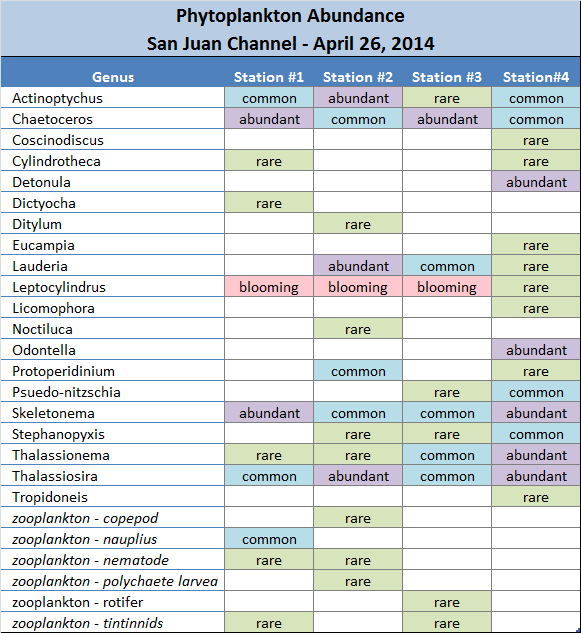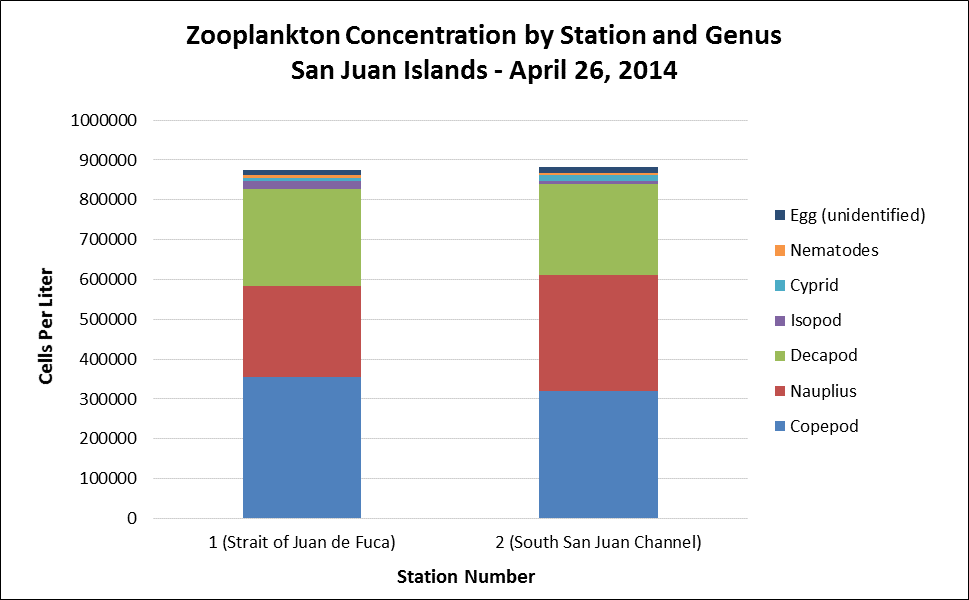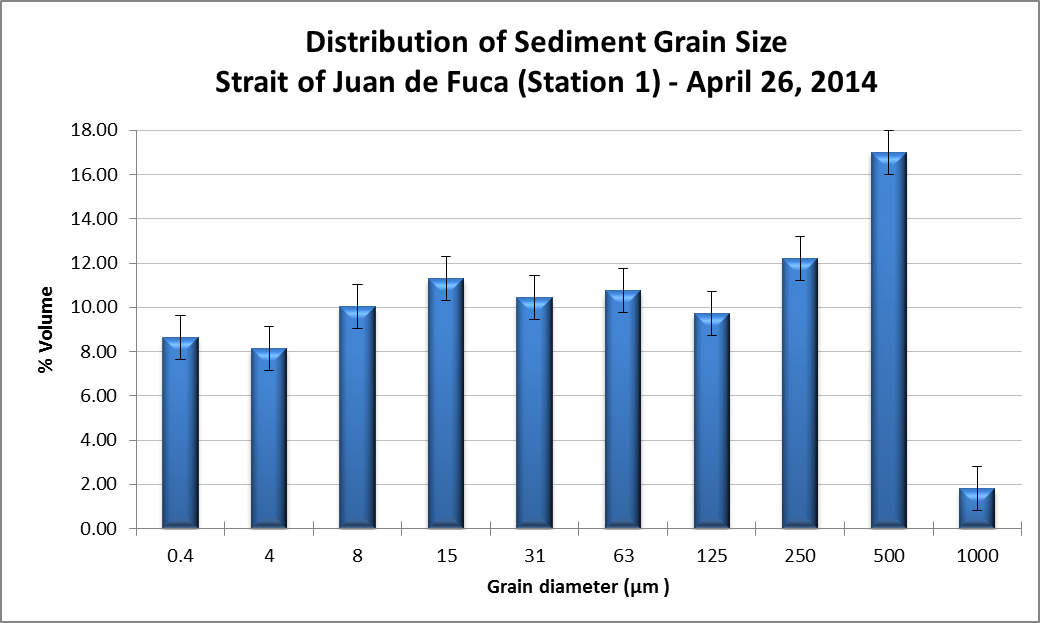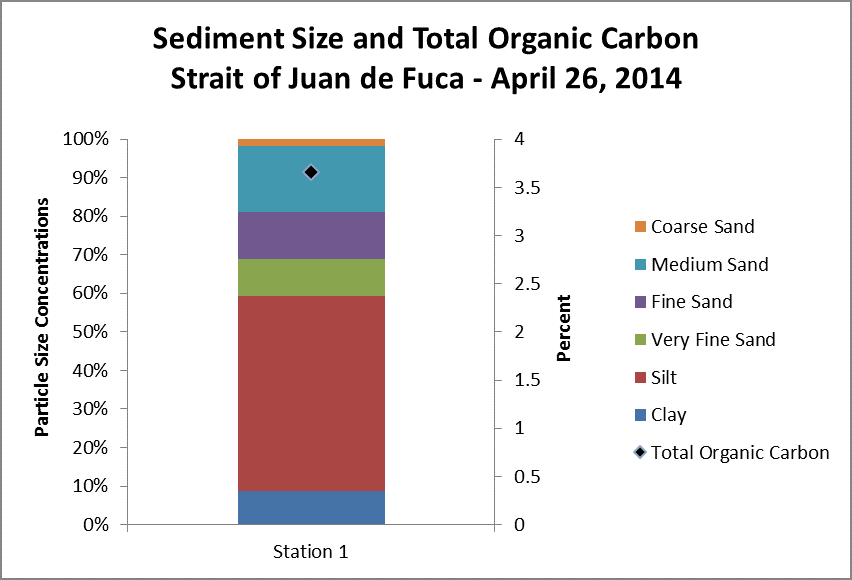|
References
Capone D, Hutchins D.
2013. Microbial biogeochemistry of
coastal upwelling regimes in a changing ocean.
Nature Geoscience 6(9): 711-717
Davenne E, Masson D. 2001.
Water Properties in the Straits of Georgia and Juan de Fuca. [Internet.]
[cited 2014 May 8]. Available
from http://staff.wwu.edu/stefan/SalishSea/WaterPropStGeorgiaJuanDeFuca.pdf
Hyde D.
2014. Ocean circulation, sedimentation
in the San Juans’ a compilation of mainstream scientific literature. [Internet.]
Common Sense Sea Alliance. [cited
2014 May 8]. Available from http://www.commonsensealliance.net/files/images/pdf/Science/43-Hyde%20Ocean%20Circulation%20in%20the%20San%20Juans%208-12%20copy.pdf
Juan de Fuca Strait [Internet].
Ch 11. [cited 2014 May 9]. Available from http://www.dfo-mpo.gc.ca/Library/487-16.pdf
[NOAA] National
Oceanic and Atmospheric Administration. 1978.
Circulation in the Strait of Juan de Fuca. [Internet.]
Report NO.: ERL 399-PMEL 29.
[cited 2014 May 5]. Available
from http://www.pmel.noaa.gov/pubs/PDF/cann440/cann440.pdf
[NOAA] National
Oceanic and Atmospheric Administration [Internet.] Silver Spring (MD): Center
for Operational Oceanographic Products and Services; [cited 2014 Jun 6]. Available
from
http://tidesandcurrents.noaa.gov/waterlevels.html?id=9449880&units=metric&bdate=20140426&edate=20140426&timezone=LST/LDT&datum=MLLW&interval=6&action=
Strickland
R. 1983.
The fertile fjord. Seattle
(WA): Washington Sea Grant Program,
University of Washington.
Zamon J. 2002.
Tidal changes in copepod abundance and maintenance of a summer
Coscinodiscus bloom in the southern San Juan channel, San Juan Islands, USA. Marine Ecology Progress Series. 226:193-210
| 